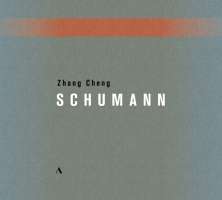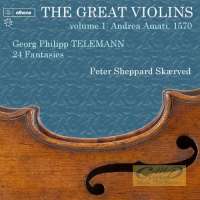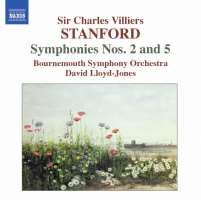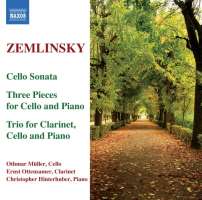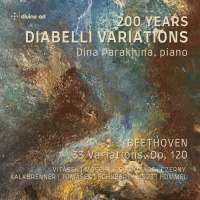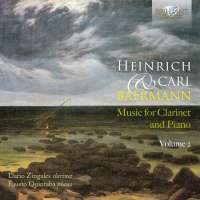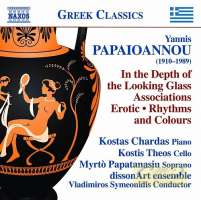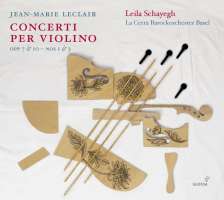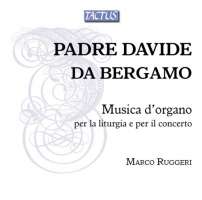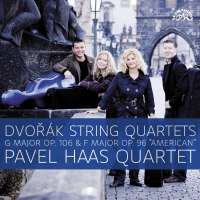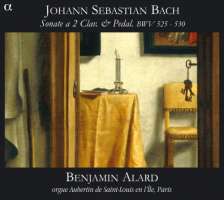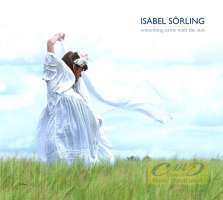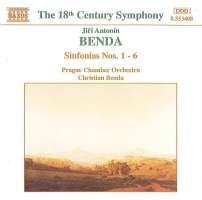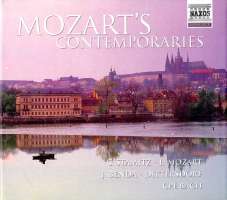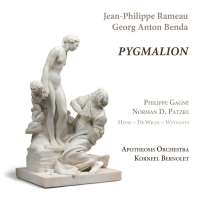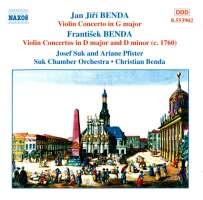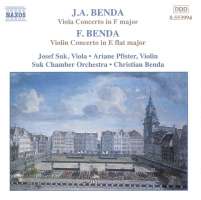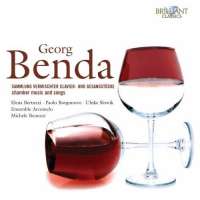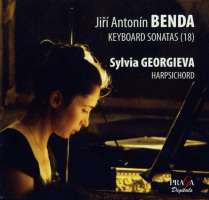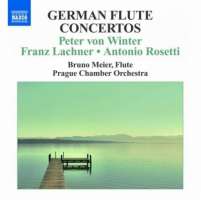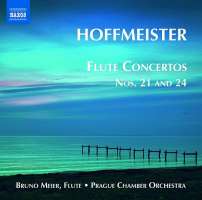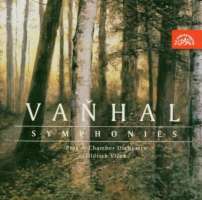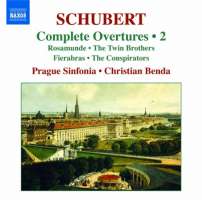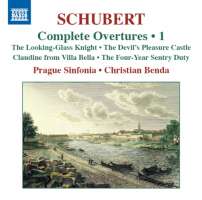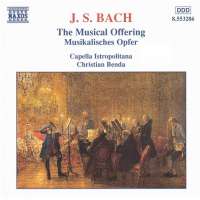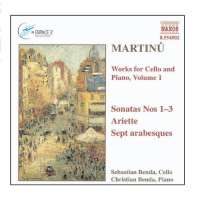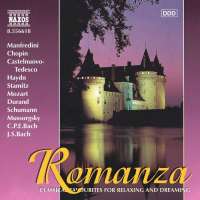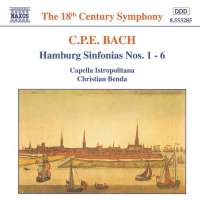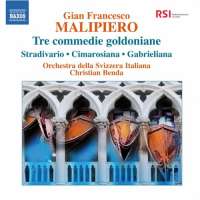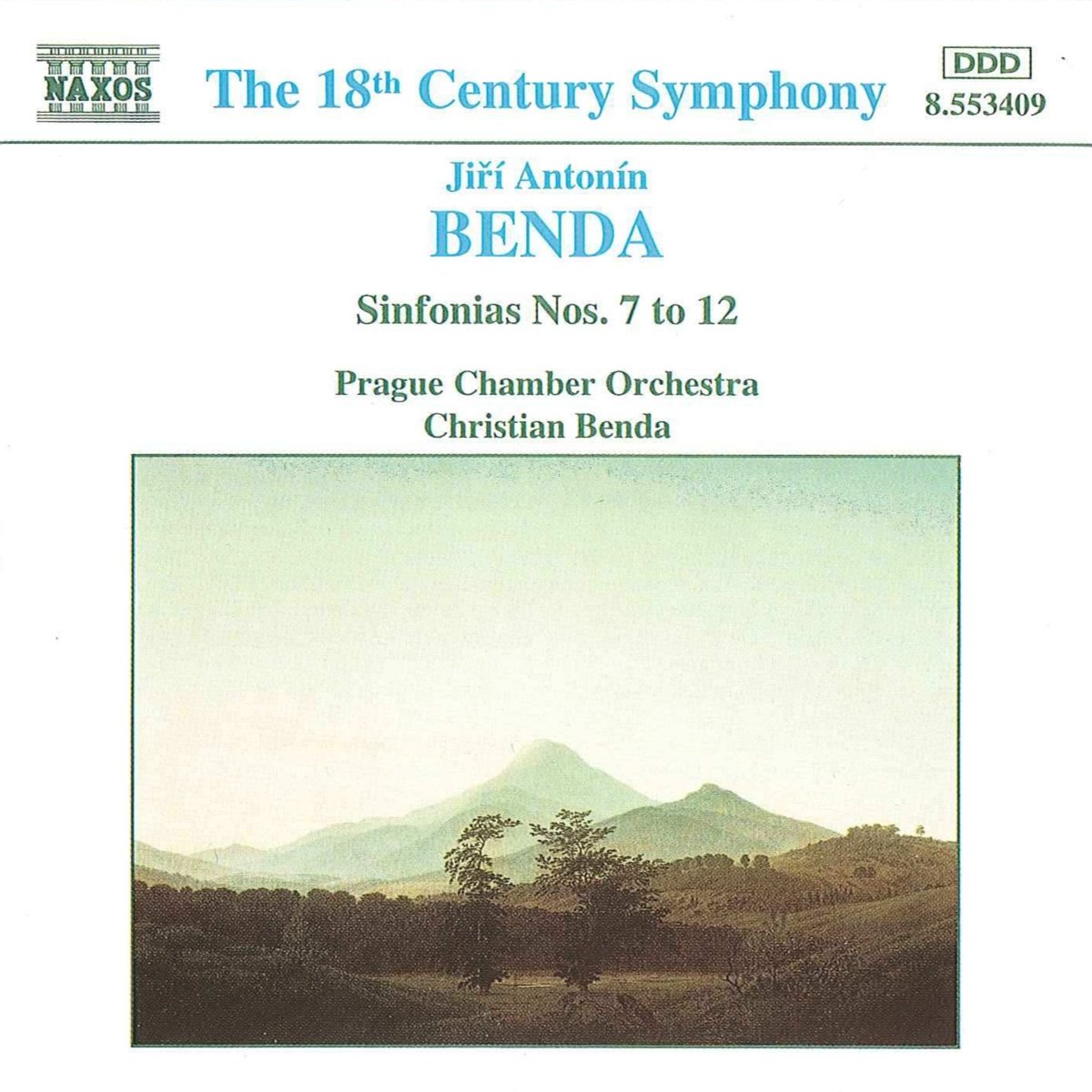
kompozytor
Benda, Jiri
tytuł
BENDA: Sinfonias nos. 7 -12
wykonawcy
Benda, Christian;
Prague Chamber Orchestra
Prague Chamber Orchestra
nr katalogowy
8.553409
opis
The Sinfonia No. 7 in D major starts with a lively Allegro assai, followed by a minor key Larghetto with two flutes providing a contrast of timbre. The sinfonia ends with a final Presto, interrupting the gentle mood of the preceding movement, but bringing its own distinct contrasts. Sinfonia No. 8 in D major starts with a crescendo worthy of Mannheim. There is a moving minor key slow movement and a brisk final Spirituoso. Sinfonia No. 9 in A major opens boldly with a texture in which the horns assume importance. The following minor key Andante, an oboe aria, leads to a robustly cheerful final movement. Sinfonia No. 10 in G major starts with the customary call on the listener’s attention and goes on to make playful use of a recurrent octave figure, with an active rôle for bassoon and other wind instruments, which have a prominent place in the movement that follows the very brief Andante. Sinfonia No. 11 in F major, after a first movement that has its own light and shade, moves forward to a central Larghetto, again lyrically poignant in its minor key. The sinfonia ends with expected triple metre Allegro. Sinfonia No. 12 in A major opens with an Allegro that provides brief moments of contrast in mode. The second movement is marked, with a momentary lapse into Latin, as Andantino semper piano, follows without a break. Here the flute has a leading part to play; briefly interrupted by the horns before the movement comes to an end. The sinfonia finishes with an Allegro in a work that, together with Benda’s other symphonies, was once claimed to have rivalled those of Haydn and Mozart in contemporary popularity.
nośnik
CD
gatunek
Muzyka klasyczna
producent
Naxos
data wydania
18-09-1995
EAN / kod kreskowy
730099440929

(Produkt nie został jeszcze oceniony)
cena 58,00 zł
lubProdukt na zamówienie
Wysyłka ustalana indywidualnie.
Darmowa wysyłka dla zamówień powyżej 300 zł!
Darmowy kurier dla zamówień powyżej 500 zł!
sprawdź koszty wysyłki
